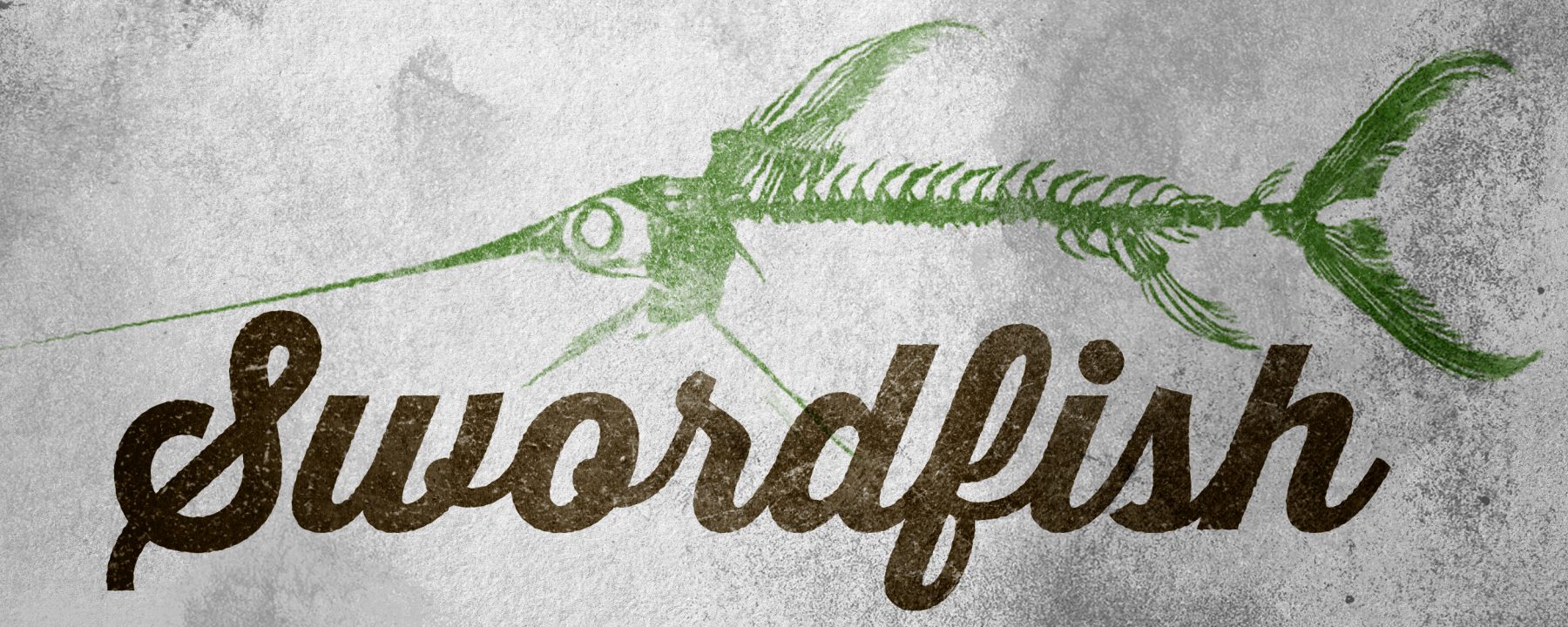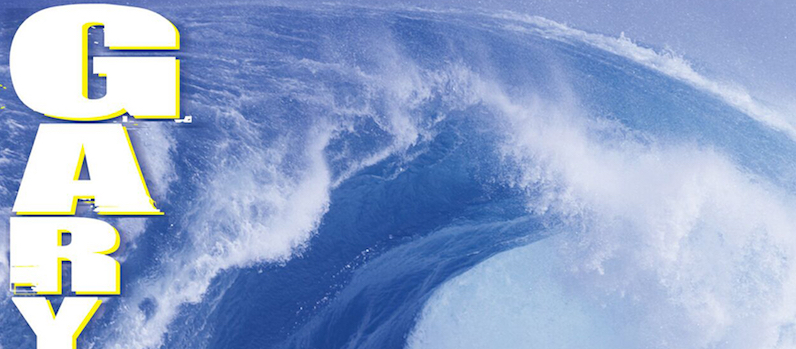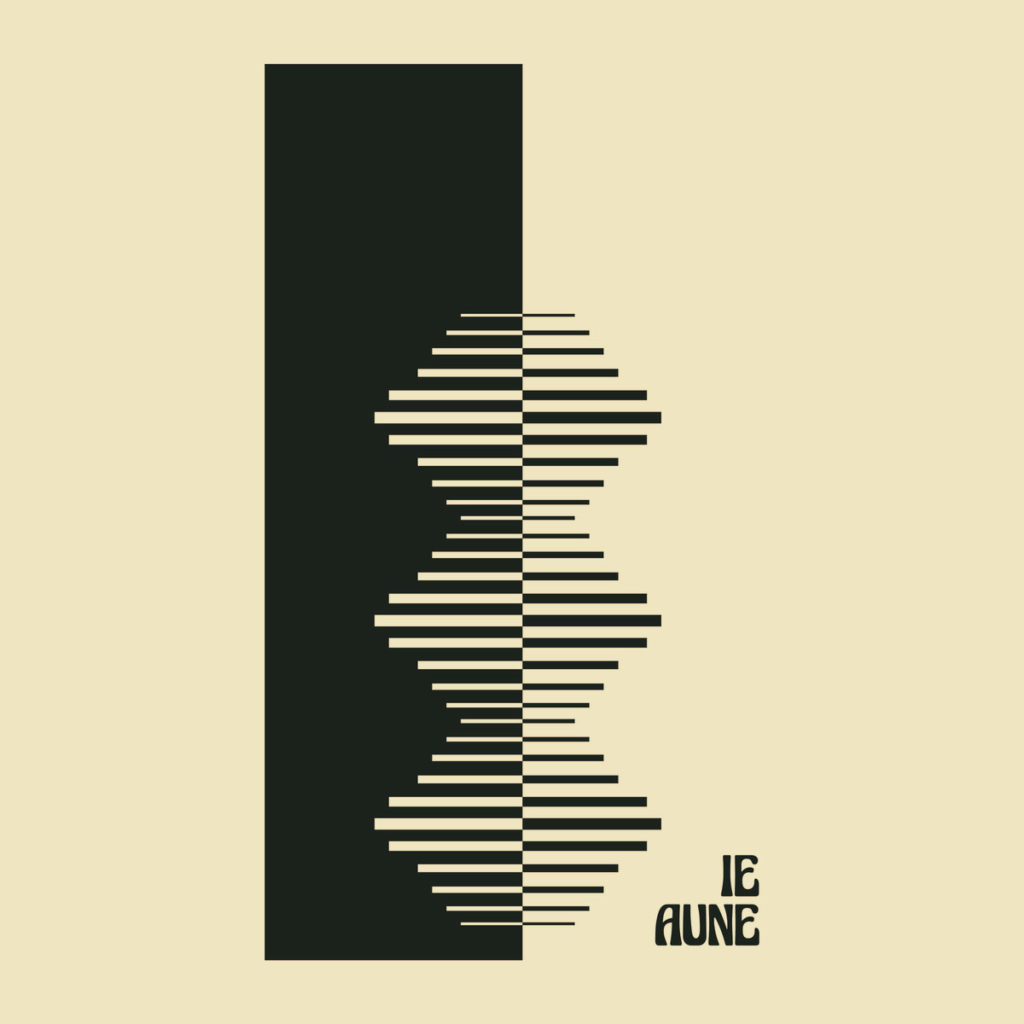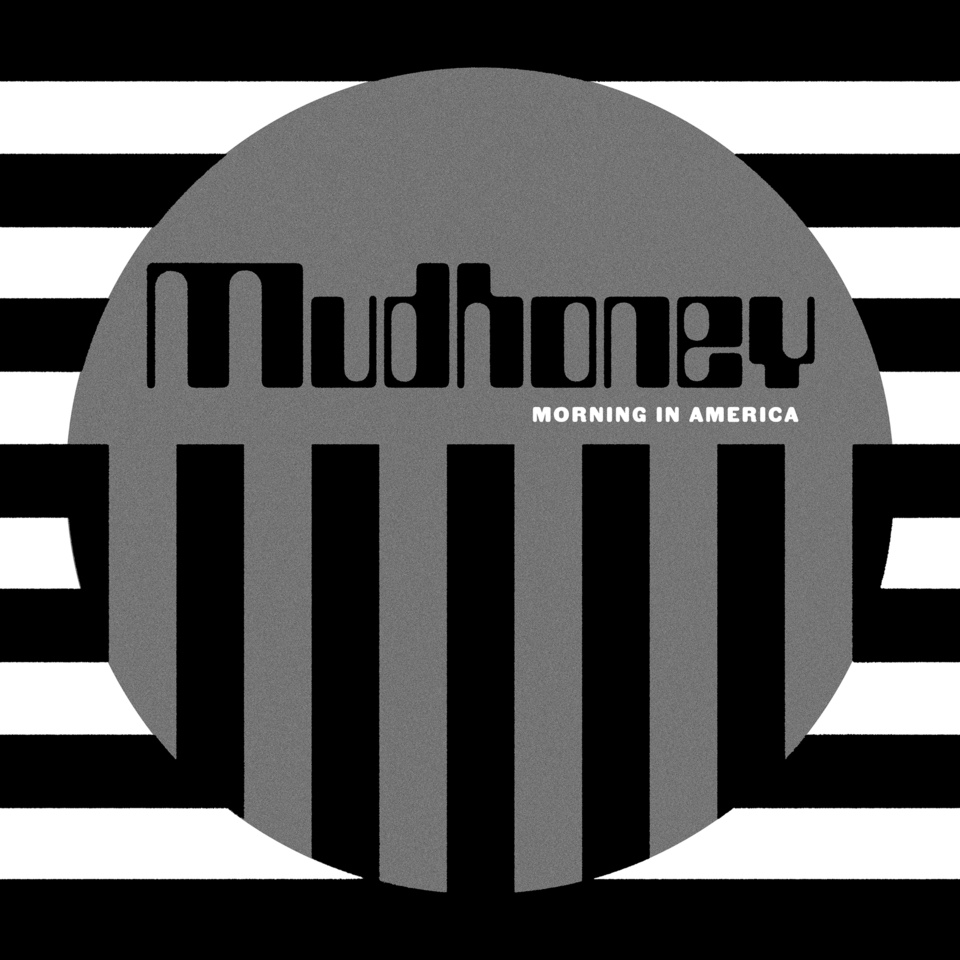There’s two distinct sets of ears that listeners or aficionados of surf-rock can bring to Gary Hoey’s Monster Surf, a collection of 14 genre standards that, in the straight-forward words of the record’s cover art, “really rock.”
The first set belongs to those who think of The Beach Boys or PG-rated beach-blanket shindigs when someone references surf-rock.
The second, more obscure set belongs to those who pay homage to their forebears but think of the sonic experiments and variations on the genre that have cropped up in the years since Dick Dale first pioneered the sound of a surf guitar.
The former loves “Walk Don’t Run” and worships at the shrine of “Misirlou.” The latter pledges allegiance to Man or Astro-man? and treats as religious text the back catalogs of Estrus and Au-Go-Go.
If not for the independent-minded (and, let’s be honest, less commercial) surf acts of the last 10 years, Hoey’s latest disc may have been ambitious fodder for the resurgence of a dormant musical form. On Monster Surf, he identifies one of surf-rock’s weaknesses and strengths — its light-footedness, the way treble-obsessed songs feel like they’re floating on water, racing seconds ahead of a crashing wave — and turns it on his head.
Hoey’s instrumental surf-rock is more grounded, distorted, and crunchy than its reverb-drenched predecessors, a musical canvas that replaces clean but fluid-like guitar lines and “Wipe Out”-style drum freak-outs with Satriani-style noodling and grungy power chords.
But don’t call it jagged or edgy. Hoey has some strange and inspired moments on the disc — the nu-metal crunch of “Fun, Fun, Fun” or “Peter Gunn,” the metal guitar showmanship of “Walk Don’t Run,” the vaguely Latin acoustic shuffle of the closing “Namotu Moon,” the reggae/ska-influenced take on “Gone Surfin’,” the occasional alt-rock departures on that holiest of holies, “Wipe Out” — but Monster Surf is still a very carefully presented, commercially viable and safe disc.
Instead of taking bizarre risks with the material or mutating its familiar structures, he infuses it with the spirit and flashy aesthetics of mid- to late-1980’s metal, making the resulting product sound more like a novelty item than a real experiment. This is where that second set of listeners may lunge for the stop button.
For all the interest of hearing guest star/surf guru Dick Dale offer that vintage guitar line from “Misirlou” over a slab of Hoey’s palm-muted punk-metal, there’s nothing groundbreaking, ambitious, or adventurous about it.
That concern expressed, there are some who will become fully engaged with the roughly 40-minute disc, and they’re likely to be fans of the 1980’s and 1990’s work of instrumentalists like Satriani and Steve Vai. You can hear their influence in the layered electric guitar lines of “Surfin’ USA” and “Hawaii Five-O,” the way a whammy bar imitates vocals in “California Dreamin’,” the solo frenzy punctuating “Penetration.”
This is not a record, in more ways than one, for bassists or enthusiasts of a good Surfaris or Tornados drum-roll. (Neither makes much of an appearance.) It is a record for fans of working the higher end of the neck of a guitar, especially those curious with what happens when you cross the rousing refrains of 1980’s rock-metal with the more conventional approaches of early- to mid-1960’s surf.
It’s just not for everyone. – Delusions of Adequacy, Aug. 9, 2005




